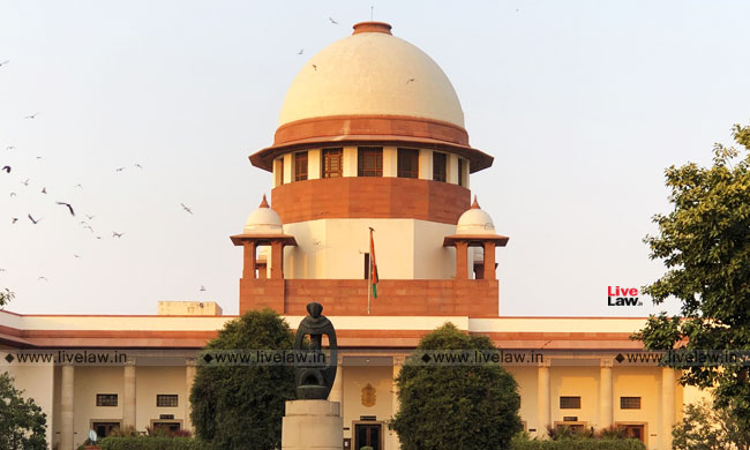Ayodhya Verdict : How SC Dealt With Sunni Waqf Board's Pleas Of Lost Grant And Adverse Possession?
Ashok Kini
11 Nov 2019 5:42 PM IST

"The Muslims have offered no evidence to indicate that they were in exclusive possession of the inner structure prior to 1857 since the date of the construction in the sixteenth century."
Next Story


